Many renowned filmmakers began their creative journeys directing music videos, a medium that allowed them to experiment with visual storytelling, innovative techniques, and artistic expression. From crafting iconic visuals that complemented chart-topping hits to honing their skills in a dynamic and fast-paced environment, these directors seamlessly transitioned from the world of music videos to the silver screen, bringing their unique visions to feature films. This article explores the inspiring paths of filmmakers who made their mark in the music video industry before becoming cinematic legends.
David Fincher
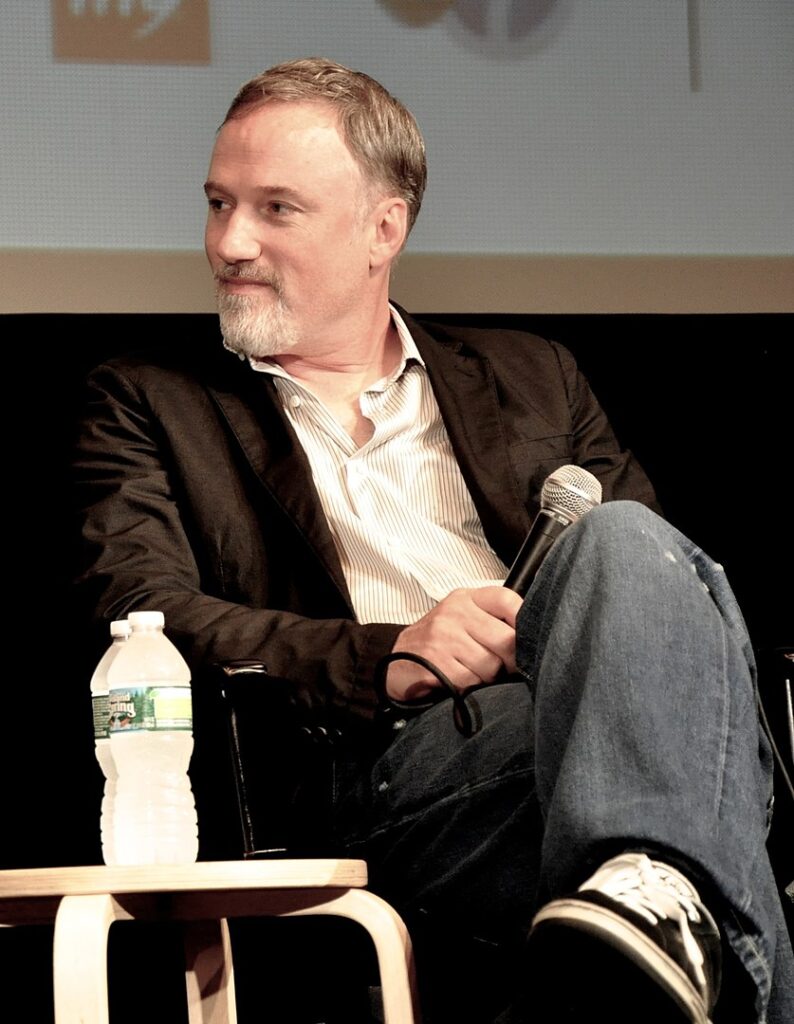
David Fincher started his career directing music videos for artists like Madonna, Aerosmith, and Paula Abdul. His distinctive visual style, characterized by meticulous attention to detail and dark, moody aesthetics, caught the attention of Hollywood. Fincher’s transition to feature films brought us classics such as “Se7en,” “Fight Club,” and “The Social Network.” His music video work laid the groundwork for his precise and atmospheric filmmaking, which has become his signature.
Spike Jonze
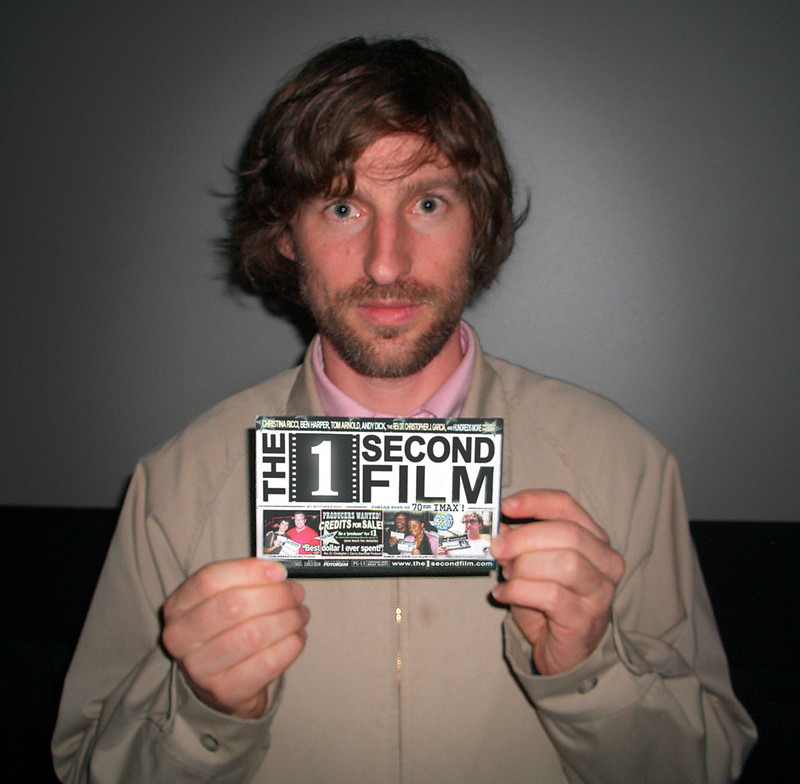
Spike Jonze made a name for himself directing inventive music videos for artists like Beastie Boys (“Sabotage”) and Fatboy Slim (“Praise You”). His quirky and imaginative style translated seamlessly into feature films like “Being John Malkovich” and “Her.” Jonze’s ability to blend surreal humor with deep emotional undertones began with his work in the music video industry, showcasing his talent for creating visually engaging and thought-provoking narratives.
Michel Gondry

Michel Gondry’s music videos for artists such as Björk and The White Stripes were known for their surreal and whimsical style. Gondry’s imaginative approach and innovative use of practical effects transitioned perfectly into films like “Eternal Sunshine of the Spotless Mind,” where his unique visual storytelling and dreamlike sequences became hallmarks of his cinematic style.
Mark Romanek
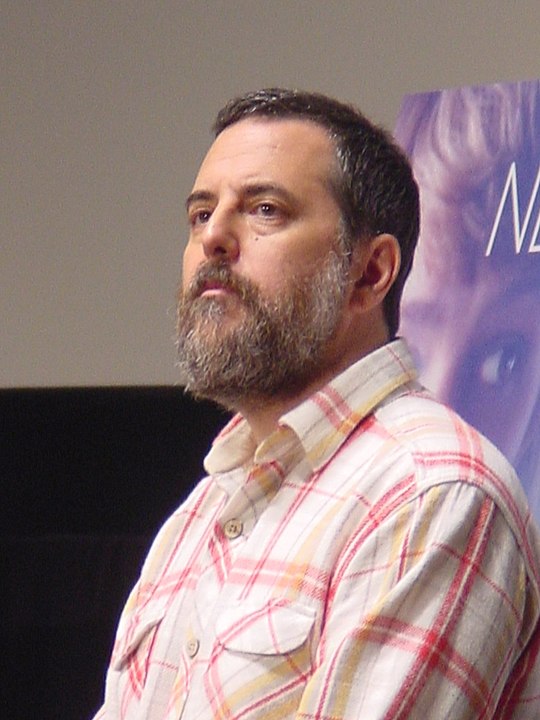
Mark Romanek directed iconic music videos for artists such as Madonna (“Bedtime Story”) and Nine Inch Nails (“Closer”). His visually striking and often provocative style earned him critical acclaim. Romanek’s transition to feature films includes “One Hour Photo” and “Never Let Me Go,” where his meticulous craftsmanship and ability to create intense atmospheres are evident.
Jonathan Glazer
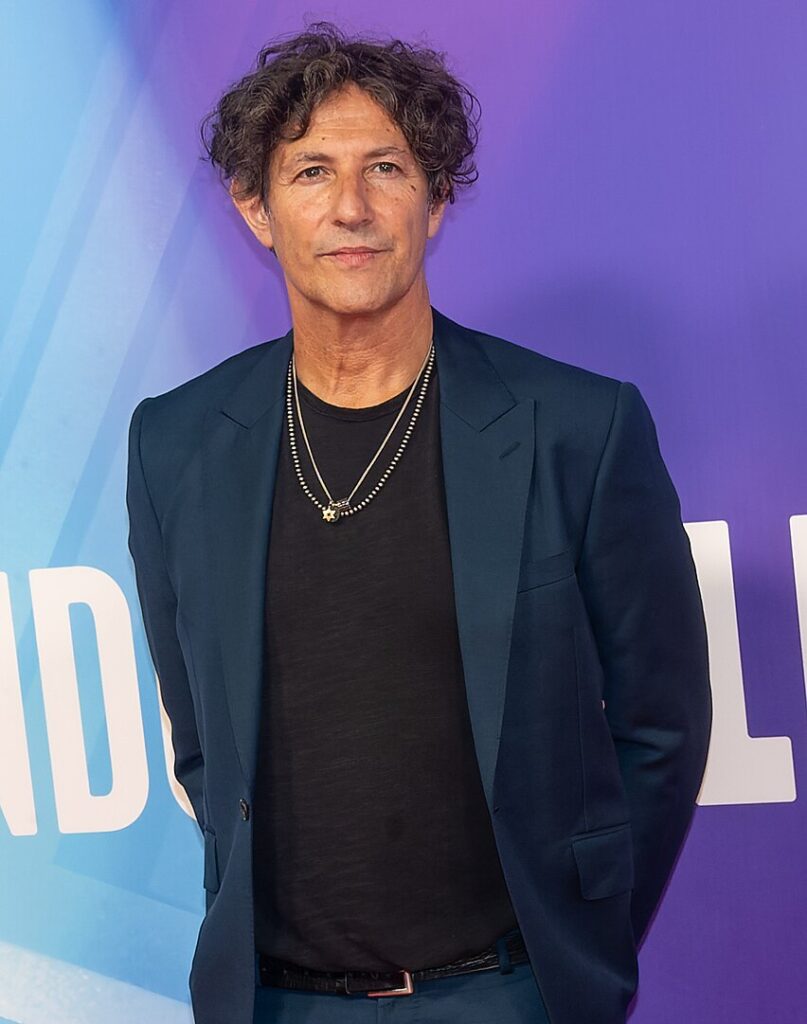
Jonathan Glazer is known for his groundbreaking music videos for bands like Radiohead (“Karma Police”) and Jamiroquai (“Virtual Insanity”). Glazer’s transition to feature films, such as “Sexy Beast” and “Under the Skin,” showcases his talent for blending stunning visuals with psychological depth, a skill honed in his music video work.
Anton Corbijn
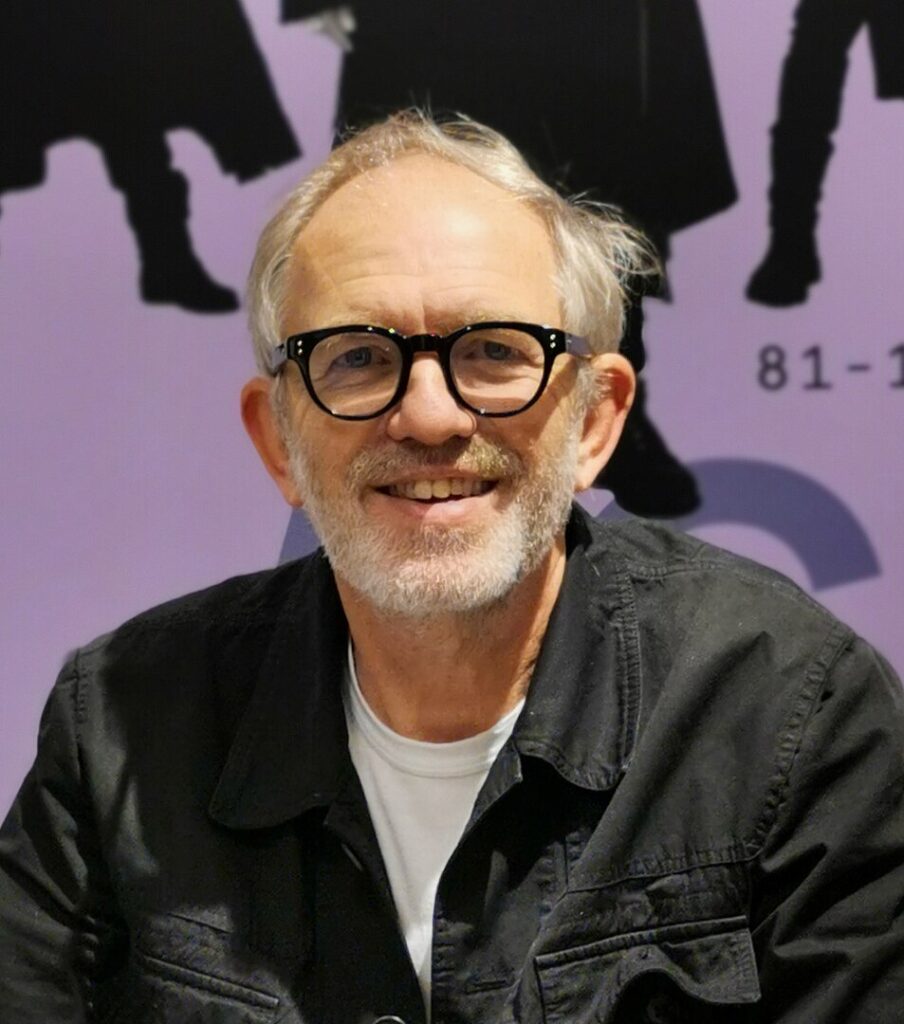
Anton Corbijn’s career began with iconic music videos for Depeche Mode, U2, and Nirvana. His distinctive black-and-white style and focus on the emotional core of his subjects translated into films like “Control,” a biopic about Joy Division’s Ian Curtis, and “The American.” Corbijn’s ability to capture the essence of his subjects is a testament to his roots in music video direction.
David Slade
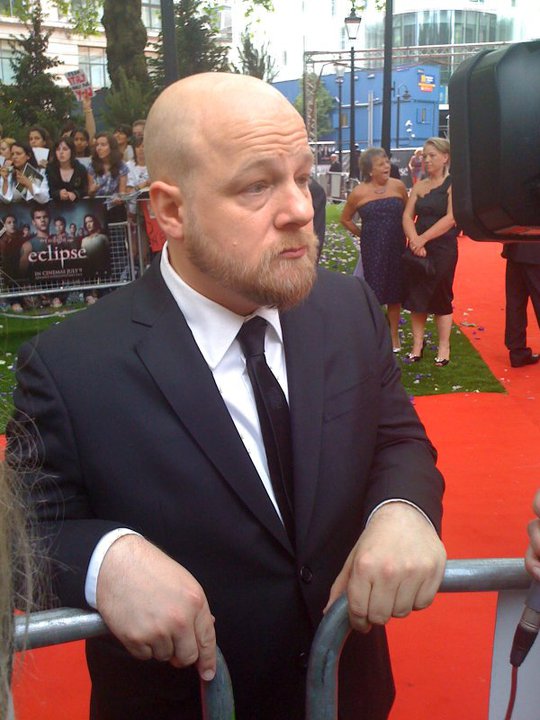
David Slade directed visually arresting music videos for artists like Aphex Twin and System of a Down. His flair for creating intense and visually compelling narratives is evident in his films “Hard Candy” and “30 Days of Night.” Slade’s background in music videos equipped him with the skills to craft suspenseful and visually dynamic stories.
F. Gary Gray
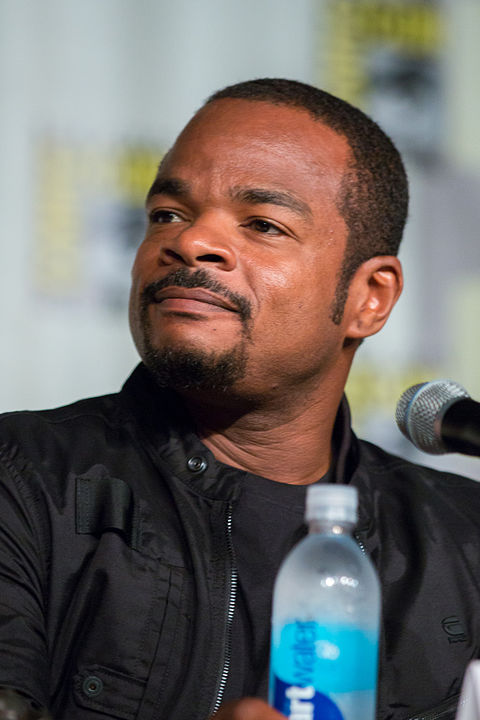
F. Gary Gray began his career directing music videos for artists like Ice Cube and Dr. Dre. His smooth transition to feature films includes hits like “Friday,” “The Negotiator,” and “Straight Outta Compton.” Gray’s ability to handle both comedy and drama, often with a strong cultural resonance, reflects his music video background.
McG
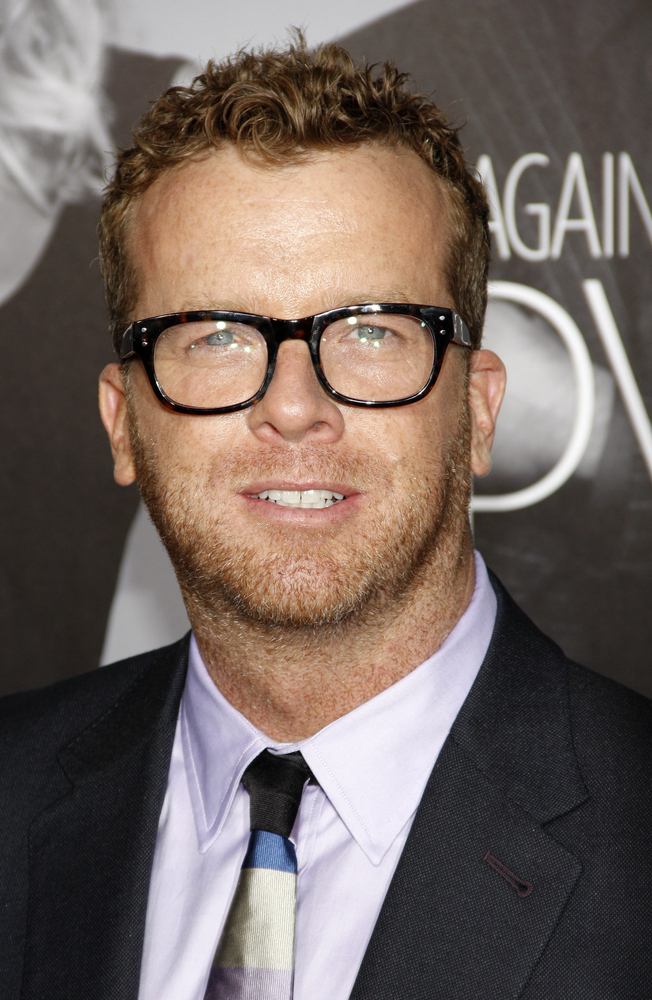
Joseph McGinty Nichol, known as McG, directed energetic music videos for bands like Smash Mouth and Sugar Ray. His kinetic style and flair for visual storytelling translated into his work on the “Charlie’s Angels” films and TV series like “Supernatural.” McG’s vibrant and fast-paced direction in music videos paved the way for his dynamic approach to filmmaking.
Michael Bay
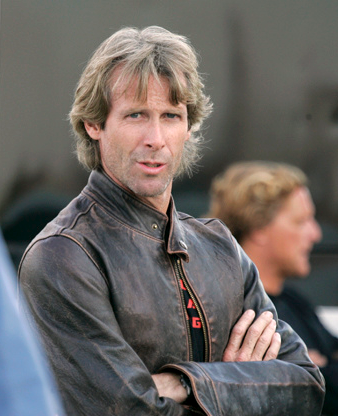
Michael Bay’s career took off with music videos for artists like Meat Loaf and Lionel Richie. Known for his explosive visual style and fast-paced action sequences, Bay transitioned into blockbuster films such as “Bad Boys,” “Transformers,” and “Armageddon.” His music video background is evident in his emphasis on visually spectacular and high-octane scenes.
Hype Williams
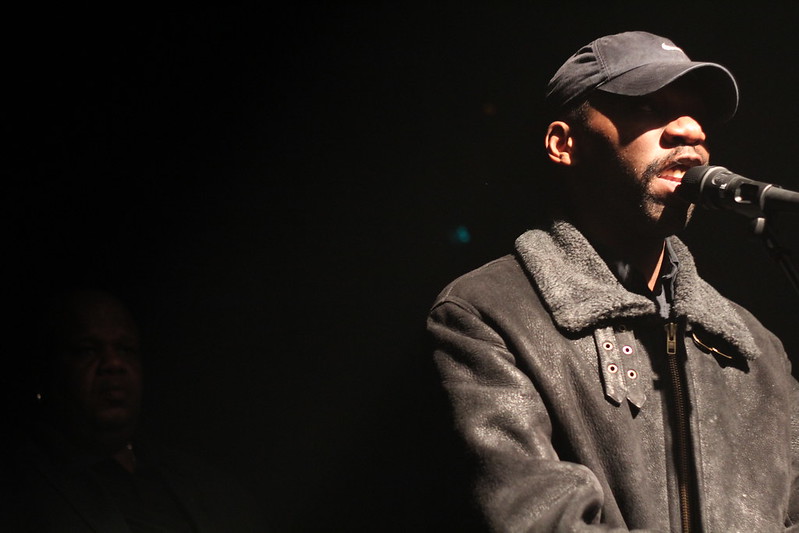
Hype Williams made a name for himself with visually groundbreaking music videos for artists like Missy Elliott and Busta Rhymes. His use of vibrant colors, fisheye lenses, and unique compositions set trends in the industry. Williams brought this distinctive style to his feature film “Belly,” blending striking visuals with a gritty narrative.
Jon M. Chu
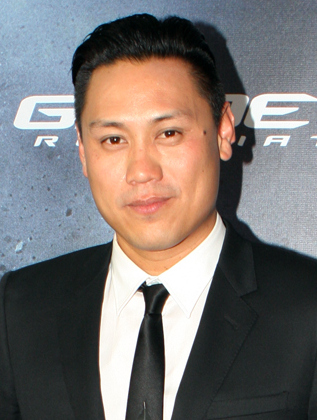
Jon M. Chu directed music videos for artists like Justin Bieber and Step Up sequels. His background in dance and music videos is evident in films like “Step Up 2: The Streets” and “Crazy Rich Asians,” where his dynamic and rhythmic visual style enhances the storytelling. Chu’s ability to create visually appealing and energetic sequences stems from his music video roots.
Steve Barron
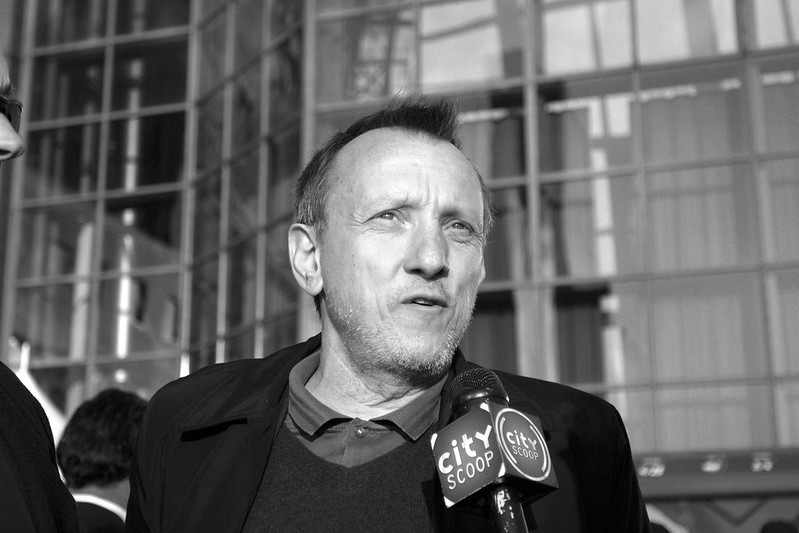
Steve Barron directed some of the most iconic music videos of the 1980s, including Michael Jackson’s “Billie Jean” and A-ha’s “Take On Me.” His innovative approach to visual storytelling in music videos transitioned into feature films like “Teenage Mutant Ninja Turtles” and “Coneheads,” where his creative visuals and playful style are prominent.
Tarsem Singh
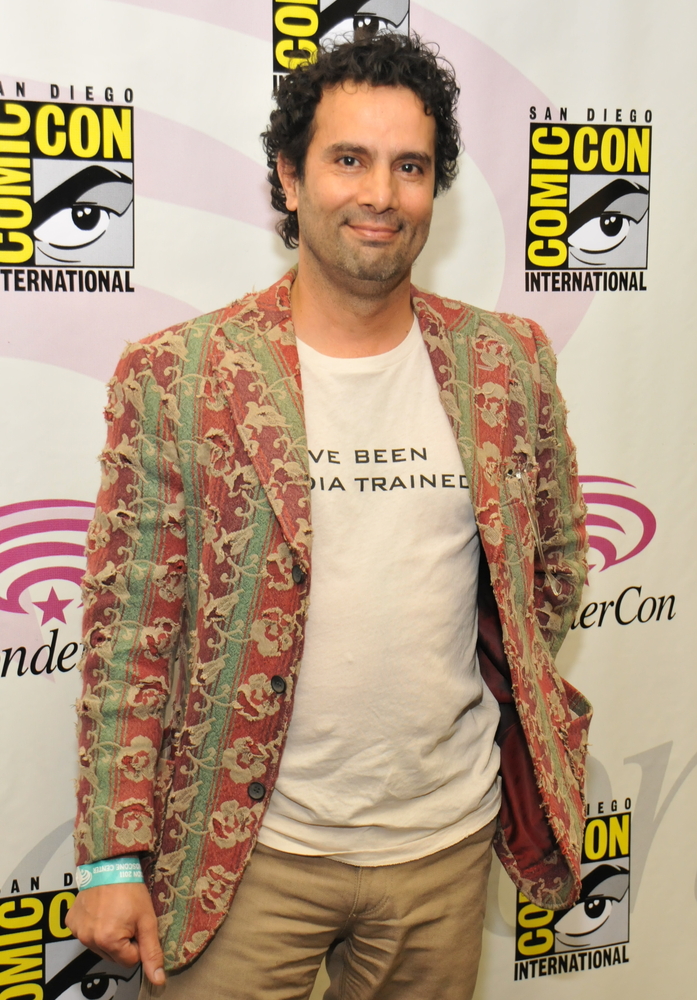
Tarsem Singh’s music videos for artists like R.E.M. (“Losing My Religion”) showcased his stunning visual style and imaginative storytelling. His transition to feature films such as “The Cell” and “The Fall” brought his bold and visually arresting aesthetics to the big screen, creating visually rich and artistically ambitious films.
Russell Mulcahy
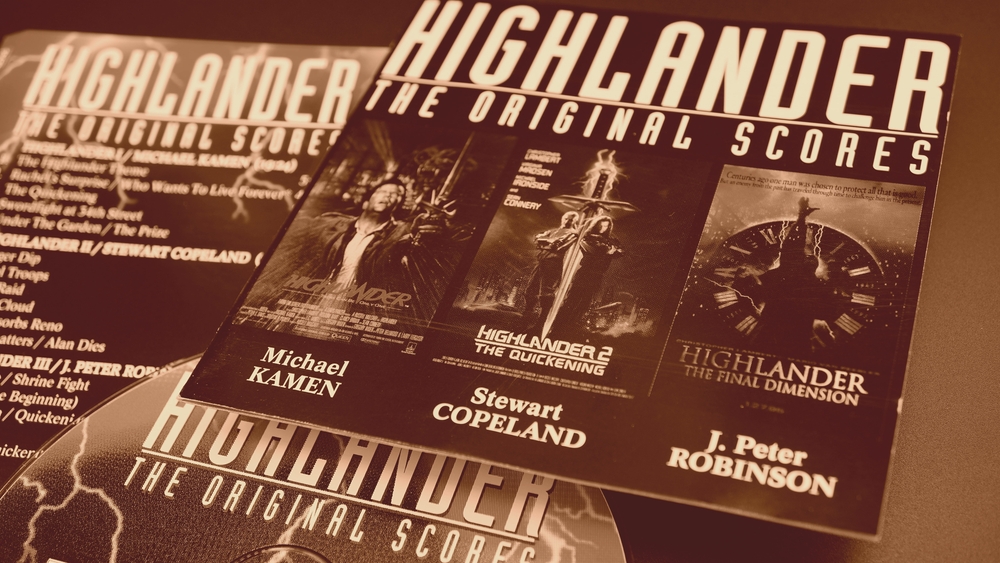
Russell Mulcahy directed iconic music videos for artists like Duran Duran and Elton John. His flair for visually striking and narrative-driven videos translated into films like “Highlander” and “Resident Evil: Extinction.” Mulcahy’s ability to blend music and visuals in compelling ways is evident in his dynamic film work.
Francis Lawrence
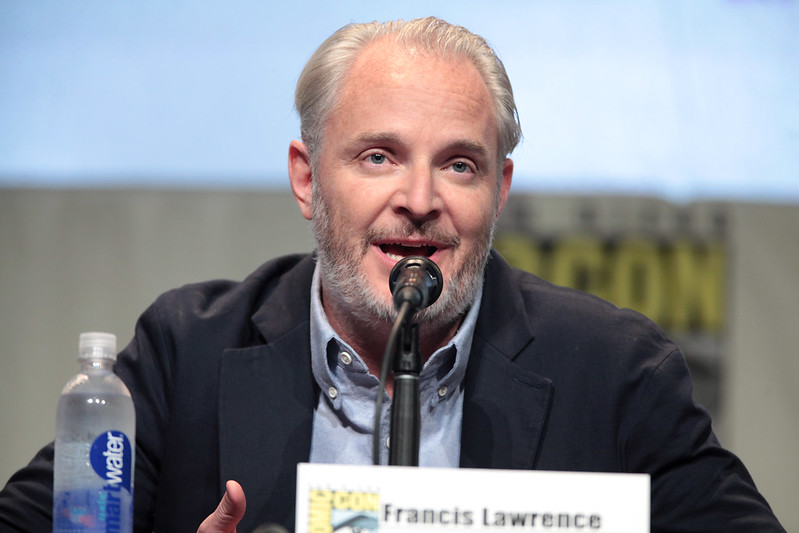
Francis Lawrence started with music videos for artists such as Britney Spears and Jennifer Lopez. His skill in creating visually stunning and emotionally resonant stories transitioned into films like “I Am Legend” and “The Hunger Games” series. Lawrence’s background in music videos equipped him with a strong sense of visual storytelling and pacing.
Mary Lambert
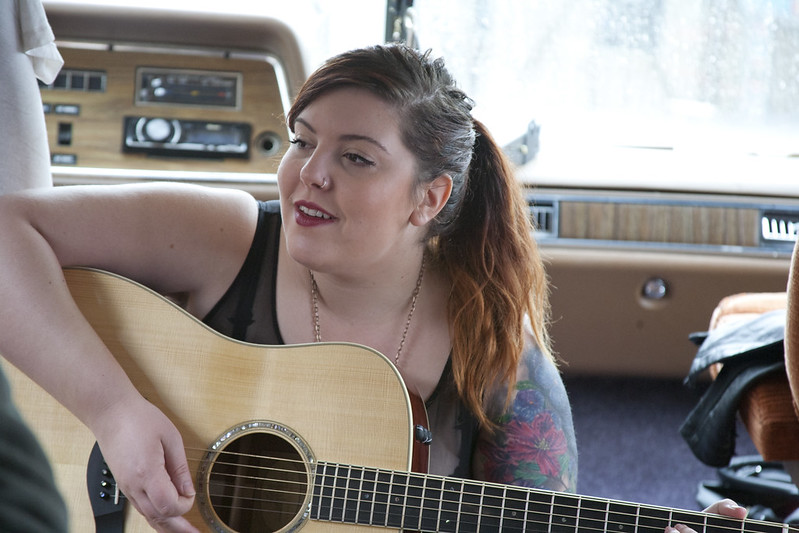
Mary Lambert directed groundbreaking music videos for Madonna, including “Like a Prayer” and “Material Girl.” Her ability to craft visually captivating and controversial narratives translated into her work on horror films like “Pet Sematary” and “The In Crowd.” Lambert’s music video work showcased her talent for combining striking visuals with compelling stories.
Bennett Miller
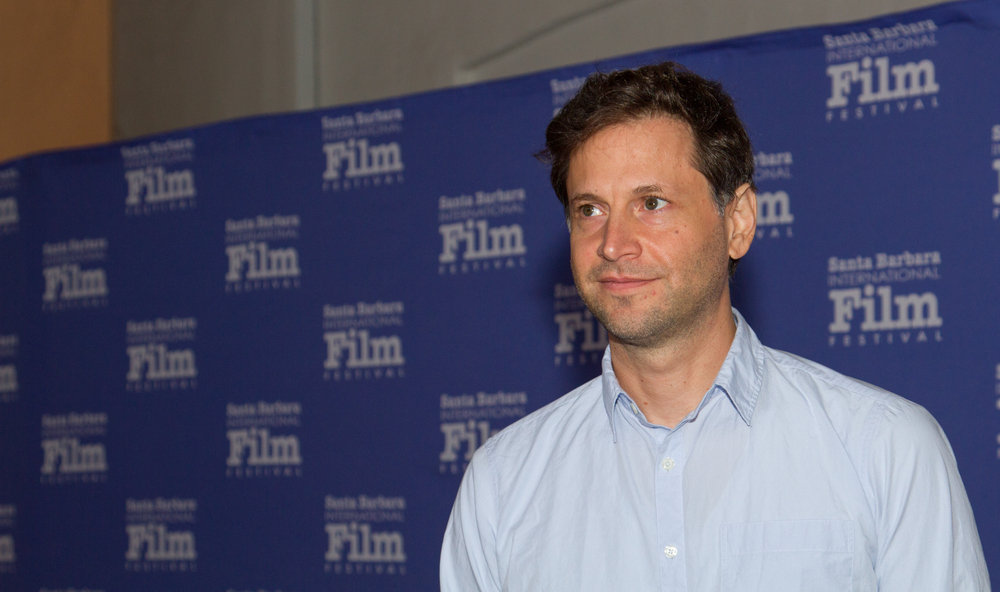
Bennett Miller began his career with music videos and documentaries. His meticulous approach to storytelling and character development transitioned into acclaimed films like “Capote,” “Moneyball,” and “Foxcatcher.” Miller’s background in music videos helped him develop a keen eye for detail and a strong narrative sense.
Romain Gavras
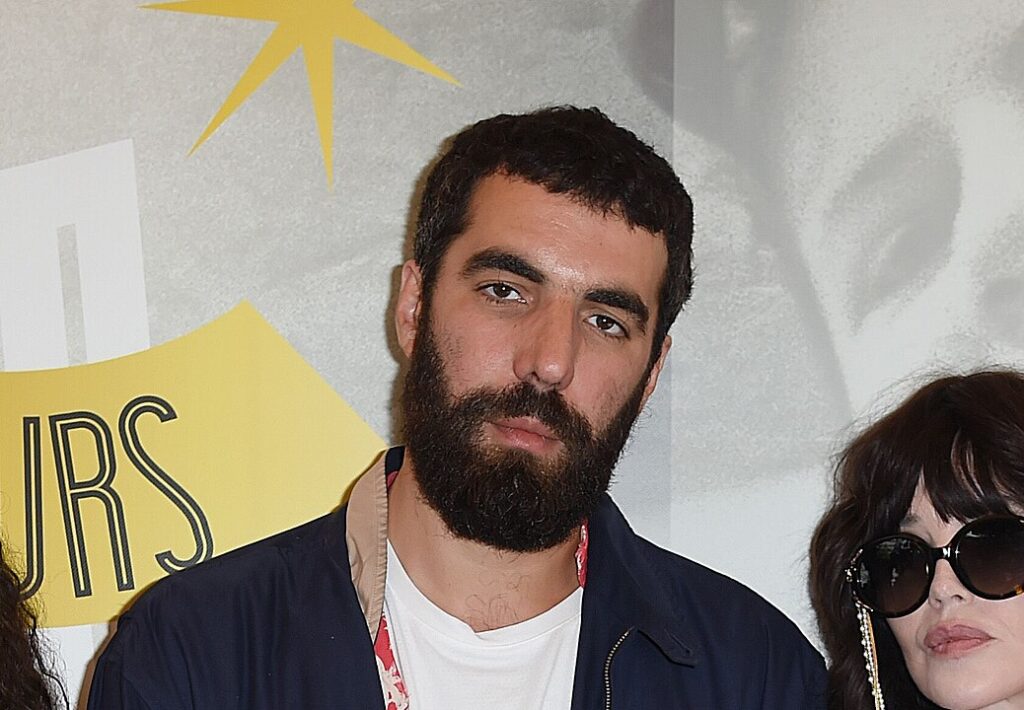
Romain Gavras is known for his provocative music videos for artists like M.I.A. (“Born Free”) and Justice (“Stress”). His bold visual style and willingness to tackle controversial subjects translated into feature films like “Our Day Will Come” and “The World Is Yours.” Gavras’s music video work honed his ability to create visually intense and thought-provoking narratives.
Joseph Kahn
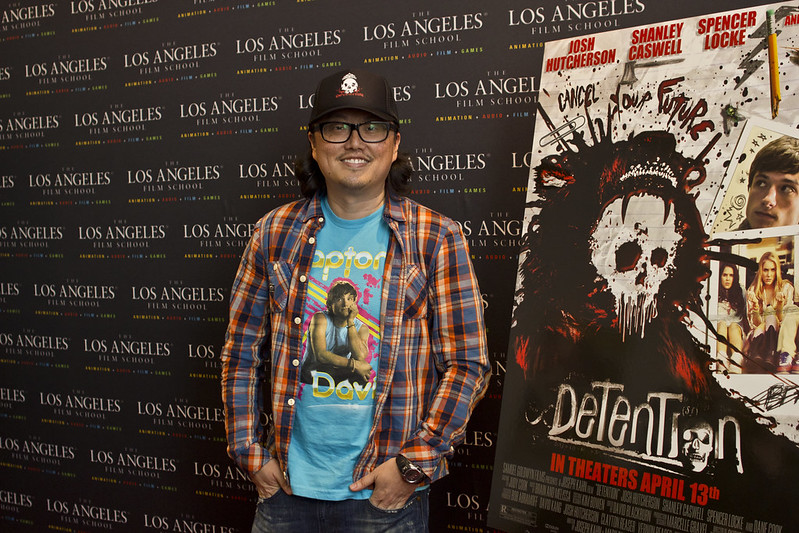
Joseph Kahn directed music videos for artists such as Taylor Swift and Eminem. His energetic and visually inventive style transitioned into films like “Torque” and “Bodied.” Kahn’s ability to create visually striking and fast-paced stories is a testament to his roots in music video direction.
Jonas Åkerlund
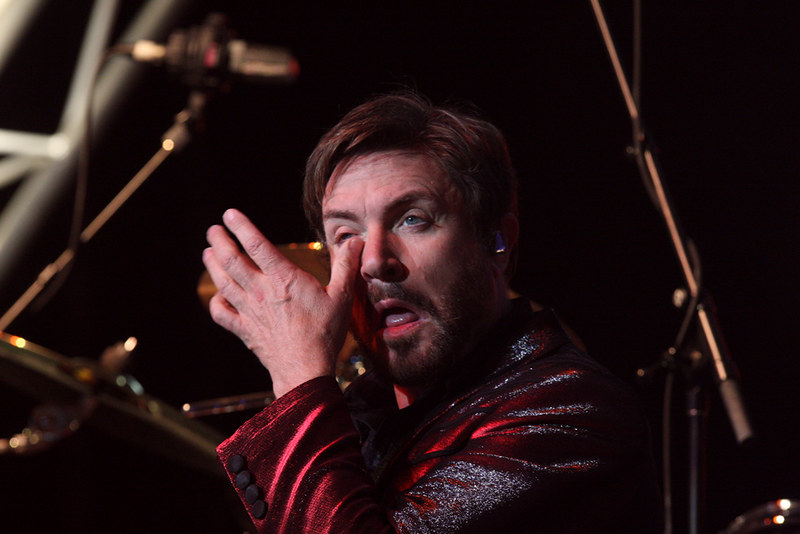
Jonas Åkerlund made a name for himself with music videos for artists like Madonna (“Ray of Light”) and Lady Gaga (“Paparazzi”). His edgy and visually compelling style translated into films like “Spun” and “Lords of Chaos.” Åkerlund’s music video background equipped him with a bold visual style and a flair for unconventional storytelling.
Floria Sigismondi
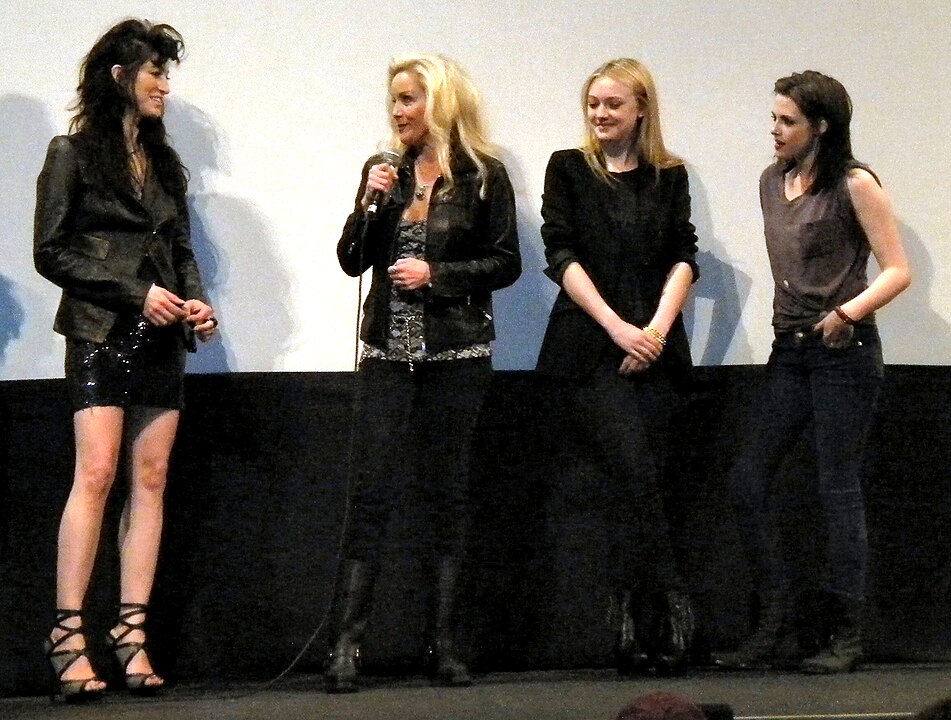
Floria Sigismondi directed visually stunning music videos for artists like Marilyn Manson and The White Stripes. Her gothic and surreal aesthetic transitioned into films like “The Runaways” and “The Turning.” Sigismondi’s music video work showcased her ability to create haunting and visually rich narratives, which she brought to her feature films.
This article originally appeared on UnifyCosmos.
More from UnifyCosmos
20 Common Cultural Mistakes to Avoid Abroad
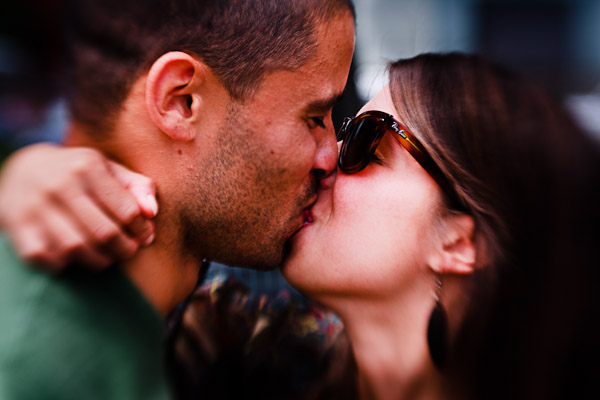
In this article, we’ll explore some common cultural faux pas to steer clear of, ensuring your travels are smooth and enjoyable. Read more!
21 Hobbies Only the Rich Can Afford

Exploring unique hobbies often comes with a price tag, and some pastimes are exclusively reserved for the affluent. From collecting rare wines to indulging in private aviation, these pursuits offer a glimpse into a world where luxury meets leisure. Read more!
25 Most Common Dream Jobs, Ranked by Salary

Choosing a career often involves balancing passion with practicality, and salary considerations play a crucial role. Exploring dream jobs that offer both fulfillment and financial stability can provide valuable insights into career paths. Read more!
Leave a Reply